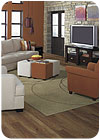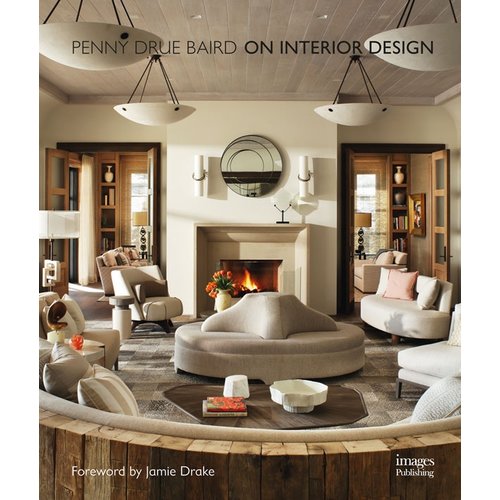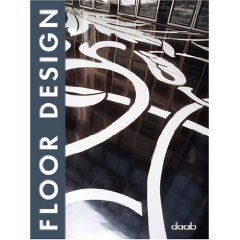Hazy shades of green

Is
this laminate floor environmentally friendly? You bet it is. Shaw's new
laminate collection, Americana, seen in (Tennessee Hickory) is designed with
EnviroCore, a high-density-fiber core derived from recycled wood fiber. In
addition, Shaw notes that waste created in the manufacturing process is re-used
as fuel, not sent to a landfill. When consumers are educated about the
environmental benefits of a product, it can be a major selling point.
You’ve heard the term bandied about. Everyone seems to be buzzing about it. You’ve read the articles insisting that it is not a passing trend. You know a little about the subject but not nearly enough. You find yourself wondering what “Green” really means and why it should be a part of your store’s marketing plan. You’re a little anxious about the whole thing. Relax-you’re not alone. “Green” (or sustainable) building and design is a huge “movement” that has grown far beyond trend status, but it is also a work in progress. What you do need to know is this: Environmental concern is fast becoming a way of life-for consumers and businesses. No one expects you to become an expert overnight but this is something you need to address. So let’s begin with some of the “language” and basics.
As a member of the American Society of Interior Designers, I get regular updates on the LEED for homes pilot project launched in August 2005. LEED-an acronym for “Leadership in Energy and Environmental Design”-is the brainchild of the U.S. Green Building Council (USGBC). When this Council speaks people take notice. It is the nation’s foremost coalition of leaders from every sector of the building industry. Their job is to promote buildings that are environmentally responsible, profitable, and healthy places in which to live and work. The Green Movement has its roots in the commercial building sector and has since become a major influence in residential design as well. But remember, new home builders’ involvement in LEED is actually a voluntary initiative (at least for the time being). The goal is “promoting changes within the homebuilding industry towards more sustainable practices.”
To say that this voluntary program is gaining steam would be an understatement. Since it was first tested in August 2005, there are now about 375 builders participating. This fall, USGBC formally will launch a “LEED for Homes” rating system. There has been a huge demand for this. For one thing it will serve as a template for assuring good Indoor Air Quality for residential projects (a huge facet of Green Design). Designers, architects, and builders are all anxiously awaiting that rating system. It will provide them with some baselines and consistent standards.
In reality “Thinking Green” is not a new approach for most builders and designers working on residential projects. What’s happening now is that the concept is rapidly becoming more mainstream. It is something the average consumer is asking about. The media has done a great job of reporting on the Green story. From “Good Morning America” to CNN editorials, significant coverage has been dedicated to the subject. All of this is filtering down to the general public. Baby Boomers and Gen X Americans, in particular, want to leave a better world for future generations. Now, more and more conscious thought is being invested in living green and practicing “responsible consumption.”
The mindset goes much further than what type of vehicle you drive or how often you recycle. The influence can also be seen in earth-friendly interior designs that embrace authenticity. More and more homeowners want to feel surrounded by nature. They want natural products throughout their homes. Their decorating decisions reflect this and that is where YOU enter the picture. It’s time to jump ahead of the learning curve and understand what’s “earth friendly” and what is not. Your retail store exists to address the flooring needs of your customers, does it not? And those customers will be walking in asking about earth-friendly products--products that are not going to deplete our world’s natural resources, NOR end up in landfills. Do you have the products to answer that demand? Are you knowledgeable about the story behind those products?
The USGBC recently released some tips on how to “Green Your Home.” Although there are 16 altogether, there are three that are particularly relevant to your business.
Directive: Choose Green & Buy Local. When you select local products you help reduce the amount of fossil fuels required for the transportation-and the amount of pollution those vehicles create. Also much the same way your customers are asking about the origins of the products they buy, you should look at the purchase decisions you make for your store.
Take a look at where your vendors are based and how far their products travel to reach you. Do your vendors satisfy the directive to buy locally? It will take some research, but preference should be given to those manufacturers closest to you. This will not only save natural resources, it will save you shipping costs and simplify the logistics of your business. Retailers who do this are finding hidden cost savings for themselves-and their customers-that they never anticipated.
Other green initiatives may already be in place. Do you carry recycled-content tile, or linoleum (which is totally renewable)? Do you know which of the carpets you carry are recyclable? Carpet choices offer a HUGE opportunity for both you and your customers to be earth-friendly. Some carpets can be recycled into other new products. That is a good way to keep carpet out of landfills and carpet manufacturers are serious about doing just that.
Shaw’s Green Edge Program, for example, takes it to the next level. The company’s Anso Type 6 Nylon is unlike any other nylon on the market in that it can be broken down into the basic raw materials and built back into carpet again. And they do this without sacrificing aesthetics, hand, or performance properties. This “Carpet to Carpet” recycling alternative is remarkable. For more information, go to shawfloors.com and click on the Shaw Green Edge icon.
Directive: Use FSC Certified Wood. The USGBC urges that you “Choose wood products for flooring and cabinetry that can have a positive effect on your health and pocket-book, while reducing your environmental impacts.” This is something that affects all the wood flooring products you handle. Does this mean that you should only sell wood laminate products? Of course not. It means you should sell products made using wood harvested from “sustainably managed” forests. This wood is certified by the Forest Stewardship Council (FSC) and offers real peace of mind to consumers concerned about depleting our natural resources. Check with your wood floor manufacturers to see if their products qualify under this certification. Also educate your customers that wood floors can be among the most environmentally responsible flooring available. If your green-minded customers still balk at real wood, show them your selection of wood laminates. These products are better than ever and can satisfy the design look they are going for.
And let’s not overlook reclaimed wood. Railroad ties, fence posts and even old wine barrels have been resurrected and converted into beautiful wood flooring. Vintage Hardwoods out of Scottsdale, Ariz., for example, has been manufacturing solid plank reclaimed hardwood flooring for more than six years. The company even has a line of engineered product crafted from reclaimed wood called Revival.
The planks included in the Revival line have saw marks, nail holes, and surface checking. They are milled with a square edge and finished with a water based matte finish. What is most impressive is that the entire plank is environmentally green and includes FSC backer board, water based laminating adhesive, reclaimed veneer, water based dye and water based finish. This is a pretty impressive story, and the history of the woods used is equally compelling: old farmhouses and barns are a chief source. For more information, visit www.vintagehardwoods.com.
Directive: Use Rapidly Renewable Material. There are affordable, durable, and rich-looking flooring options made using grasses and even some trees that mature in roughly half the time (or less) than it takes hardwoods to reach market size. Bamboo, cork, and eucalyptus flooring products are a sustainable alternative to traditional hardwoods.
These materials also offer a great many design avenues to pursue and they will fit well with the renewable flooring materials already on your showroom floor. With the right merchandising, these products can reap big rewards. Don’t wait until the customer asks. Find a way to draw attention to them right there on your floor with appropriate point of purchase signage.
Obviously there’s lots to consider as you embrace “Green Design,” but don’t get discouraged. View this information as either a solid start or another step forward as you continue to educate yourself in all matters Green. Remember: It’s not just the products themselves that make a Green statement. It is also where they came from, how they were made, how they get from point A to point B, how long they will last, and what happens when their product life is over. The term “Green Design” is definitely multi-faceted, but as a responsible retailer, attention to any of these points is a worthy start for you, your business and the world you live in.
Looking for a reprint of this article?
From high-res PDFs to custom plaques, order your copy today!






